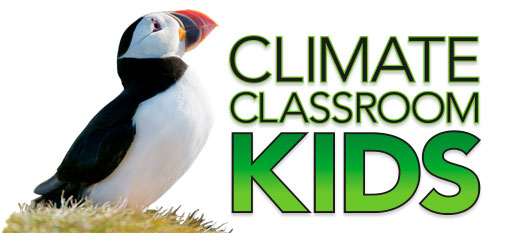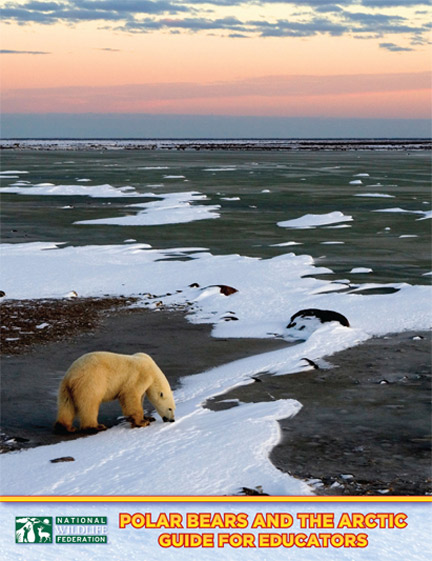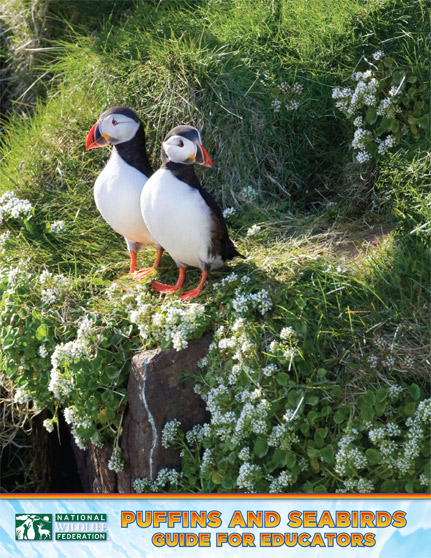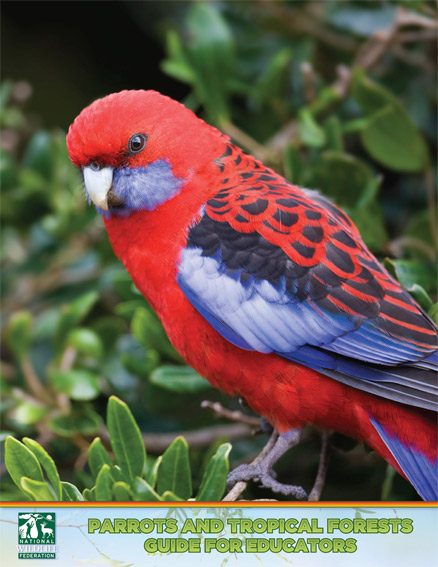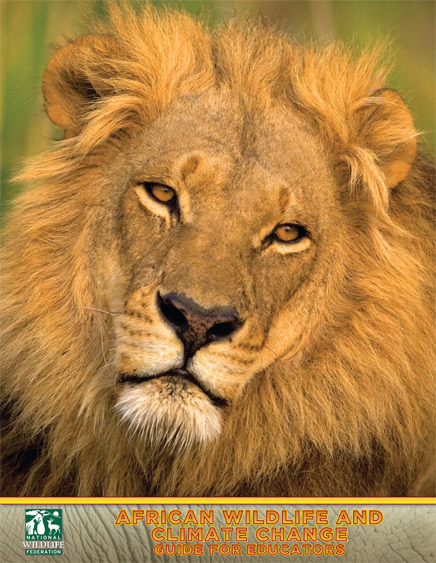For Educators
The lesson plans are designed for grades 3-5, with extensions for younger and older students. These activities meet national standards for English/Language Arts, Science, Social Studies, and Visual Arts.
Polar Bears and the Arctic
Nowhere is the reality of climate change more evident than in the Arctic. As the sea ice continues to melt, the polar bears’ primary habitat becomes more threatened.
To learn more, click here.Penguins and Antarctica
Most people know very little about Antarctica’s amazing landscape. Penguins live only in the southern hemisphere and our polar regions are getting warmer.
To learn more, click here.Puffins and Seabirds
As global warming changes air and sea temperatures, scientists have recorded a decline in puffin and sea bird populations. Migratory birds are shifting their way of life.
To learn more, click here.Parrots and Tropical Forests
Of the more than 300 species of parrots in the world, nearly 100 are threatened in the wild, in part due to the impacts of climate change on the tropics.
To learn more, click here.Bison, Bears and Yellowstone
Yellowstone National Park and the surrounding area is one of the most treasured regions of North America. Scientists are finding that Yellowstone is warming at an alarming rate.
To learn more, click here.African Wildlife
The Okavango Delta in Botswana is a unique ecosystem of floodplains, water-lily lagoons, forest glades and savannah grasslands. How could climate change affect African wildlife?
To learn more, click here.